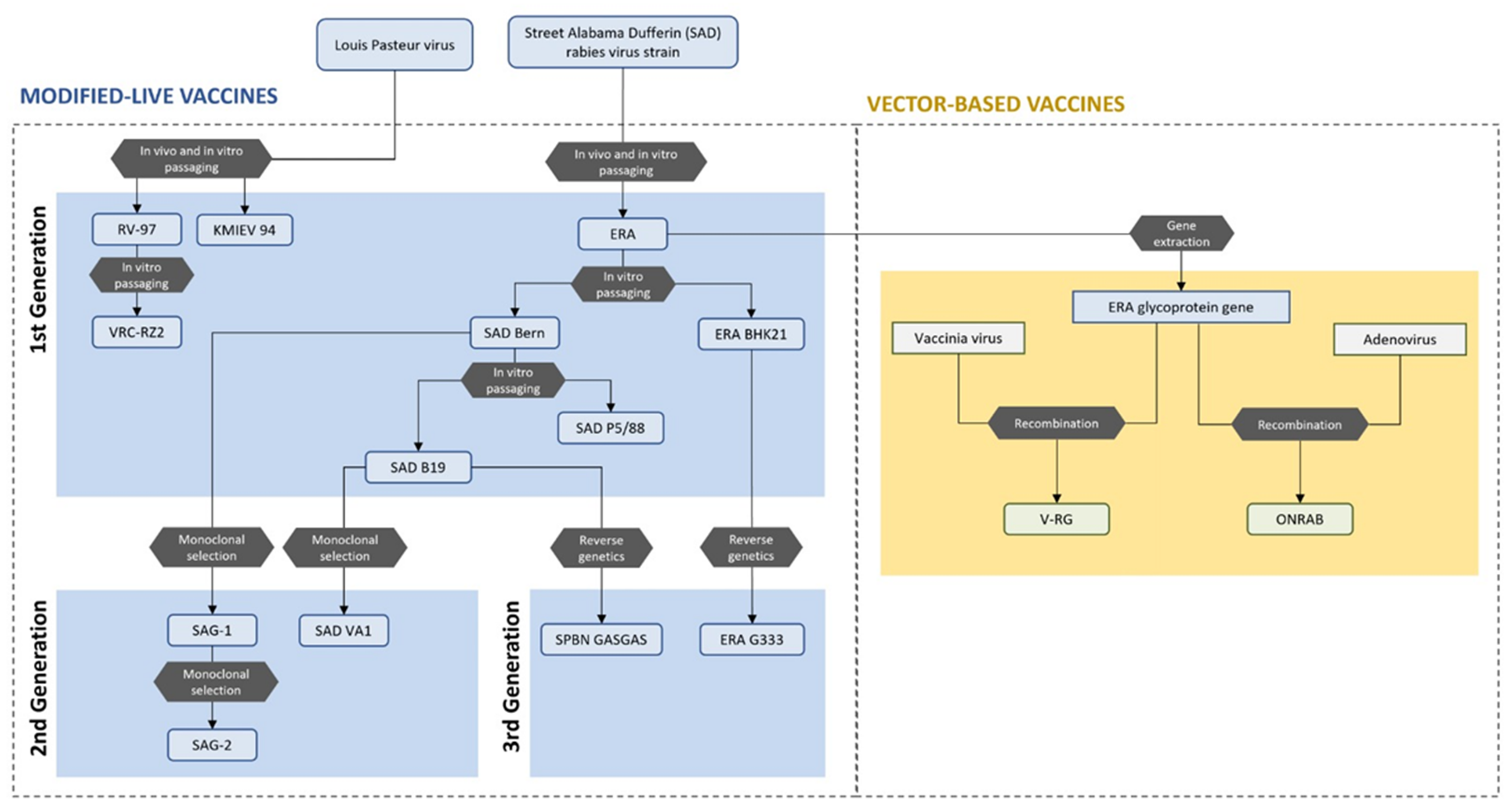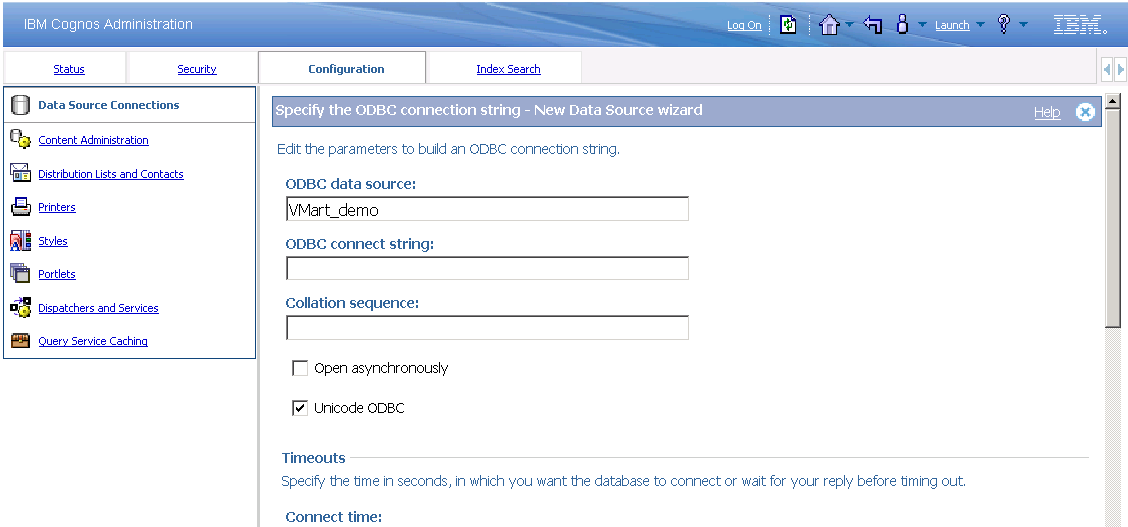


If this doesn't work then do a "find file" and see if you have multiple copies of impfunct.ini files on you machine for each version of impromptu. I have tried them myself and I am sure others have too. If these steps ain't working then surely you are missing something because there is no way that these won't work. Similarly, if you are using oracle, then you should modify orfunct.ini the way sharad has proposed I have a strange feeling that Karen might be editing the wrong file or she might have edited only the tip= section of the ini file and not the above expression in exp=. I would definitely like to see how you amended the ini file and why the amendment isn't working. The only way out is to change this order to DAY-MONTH-YEAR. The expression concatenates YEAR-MONTH-DAY in that order. Look closely at the formula within the date-to-string function in impfunct.ini.Įxp=asciiz ( EXTRACT ( 'YEAR', ^1 ), 4 ) + '-' + asciiz ( EXTRACT ( 'MONTH', ^1 ), 2 ) + '-' + asciiz ( EXTRACT ( 'DAY', ^1 ), 2 ) No amount of manipulation, other than amending the expression itself, will help you get your date in DD-MM-YYYY format. For a text prompt this occurs after every key press. If we were to run the REPLACE T-SQL function against the data as we did in Script 3, we can already see in Figure 5 that the REPLACE function was unsuccessful as the length of data in the original column is exactly similar to. The function set as the validator for a Cognos Prompt API object fires every time the prompt value is changed. For instance, say we have successfully imported data from the output.txt text file into a SQL Server database table. There is no escaping the fact that the date-to-string function will return a value in the form YYYY-MM-DD. Using the prompt object reference, we call the API setValidator () function passing in the name of a function that will handle validation. If the encoding is selected correctly, and instead of the desired content, the site displays. RE: date-to-string function nagrajm (MIS) 5 Aug 02 10:45 To ensure that information is displayed normally on the website pages, set the correct encoding. Reporting Consulting with Cognos BI Tools It is not a report query column, so you cannot do additional calculations with it, but you can now drag it back down into a list frame if you want to have it display on each output row. This will give you a concatenated display field in the correct format without converting the dates to strings. Now drag the second date until it merges with the end of the first date.

Now add a space and the word 'to' and a second space to that first date as displayed. Then select the 'From' date in the header and press the keyboard 'End' key to go to the end of the column. Select each of the dates and apply the formatting suggested (dd-mm-yyyy) by selecting the column and right-clicking and selecting 'Format' from the dialog. Put each of the two dates into the page header. Using the sample "Great Outdoors" catalogs, I've successfully created your field with the 'to' label without changing the dates to strings as follows: Når du velger et område, endres språket og/eller innholdet på solution given by cognossolutions will work, but not quite in the way that poster indicated. You can change document encoding for a page and change the default encoding that Dreamweaver uses to create new documents, including the fonts used to display each encoding. Browsers display the document using the fonts that the browser user specifies for the Japanese encodings.

If you specify Japanese (Shift JIS), the following meta tag is inserted:ĭreamweaver displays the document using the fonts that you specify for the Japanese encoding. A browser displays the document using the fonts the browser user specifies for the Western European (Latin1) encoding. Document encoding tells the browser and Dreamweaver how the document should be decoded and what fonts should be used to display the decoded text.įor example, if you specify Western European (Latin1), the following meta tag is inserted:ĭreamweaver displays the document using the fonts that you specify in Fonts Preferences for the Western European (Latin1) encoding. Document encoding is specified in a meta tag in the head of the document. The application option to use is encodingENCODING. The gedit program provides some command line options that can be used to change the encoding used by the files. If you are not clear, select Encoded Text option and click on OK button. In order to get around the issue, you can change the default option of the editor using the command line. Select the file format if you know like plain text or HTML document. Word will show you the Convert File dialog box like below. Document encoding specifies the encoding used for characters in a document. Now, open the file you want to change the character encoding.


 0 kommentar(er)
0 kommentar(er)
